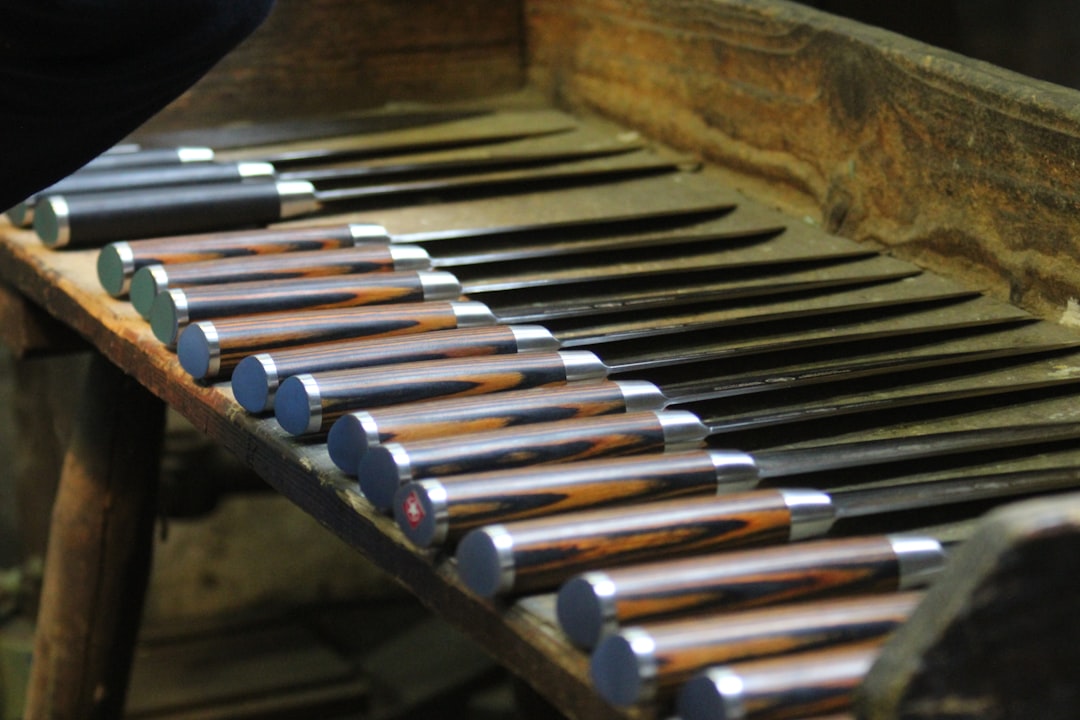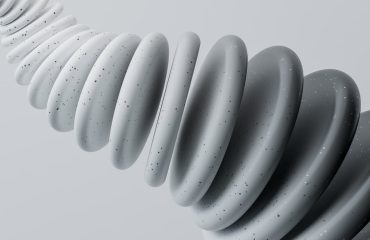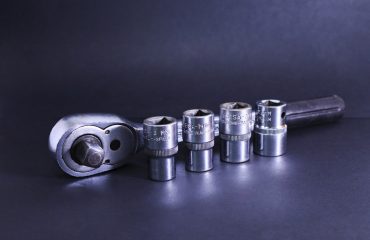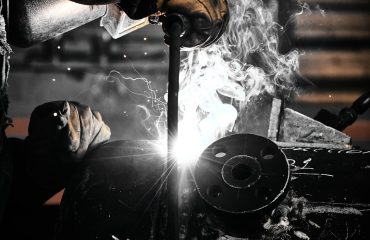The world runs on steel. From the smallest screws to the largest machinery, steel components are the backbone of countless industries. Original Equipment Manufacturers (OEMs) rely heavily on the consistent supply of high-quality steel parts to build their products. This post delves into the intricate process of OEM steel component production, examining the key stages, challenges, and future trends shaping this vital sector.
1. The Raw Materials: Selecting the Right Steel Grade
The journey of an OEM steel component begins with the selection of appropriate raw materials. The choice of steel grade is paramount and depends entirely on the intended application. Factors to consider include: required strength (yield strength, tensile strength), ductility (ability to deform before fracture), hardness, corrosion resistance, weldability, and machinability. Common steel grades used in OEM production include:
- Low Carbon Steel: Excellent for applications requiring formability and weldability, often used in automotive body panels and appliances.
- Medium Carbon Steel: Offers a balance of strength and ductility, suitable for gears, shafts, and other mechanically stressed components.
- High Carbon Steel: Known for its high strength and hardness, ideal for tools, springs, and high-stress applications.
- Alloy Steels: Contain alloying elements like chromium, nickel, and molybdenum to enhance specific properties such as corrosion resistance (stainless steel) or high-temperature strength.
- Tool Steels: Designed for high wear resistance and are used in cutting tools, dies, and molds.
The sourcing of raw materials is also critical. OEMs often work with reputable steel suppliers who can guarantee consistent quality and traceability throughout the supply chain. This ensures the final product meets the stringent requirements of the OEM.
2. Manufacturing Processes: Shaping the Steel
Once the steel grade is selected, various manufacturing processes are employed to shape the raw material into the desired component. These processes can be broadly categorized into:
- Casting: Molten steel is poured into a mold to create the basic shape. This method is cost-effective for complex shapes but may require further machining.
- Forging: Steel is heated and shaped using hammers or presses. Forging produces high strength and integrity, ideal for critical components.
- Rolling: Steel is passed through rollers to reduce its thickness and create sheets, plates, or bars. This is a common method for mass production.
- Machining: Precisely removing material from a workpiece using cutting tools to achieve the final dimensions and tolerances. This is essential for achieving tight specifications.
- Welding: Joining multiple steel pieces together, often used in creating larger or more complex assemblies.
- Powder Metallurgy: Steel powder is compacted and sintered to create complex shapes with high precision.
The selection of the manufacturing process depends on factors such as the component’s geometry, required tolerances, material properties, and production volume.
3. Quality Control: Ensuring Excellence
Rigorous quality control is paramount throughout the OEM steel component production process. This involves multiple checks at each stage to ensure the final product meets the required specifications and quality standards. Key aspects of quality control include:
- Incoming Material Inspection: Verifying the chemical composition and mechanical properties of the raw steel.
- In-Process Inspection: Monitoring the manufacturing process to identify and correct any deviations from specifications.
- Non-Destructive Testing (NDT): Techniques like ultrasonic testing, radiographic testing, and magnetic particle inspection are used to detect internal flaws without damaging the component.
- Dimensional Inspection: Precisely measuring the component’s dimensions to ensure they meet the required tolerances.
- Mechanical Testing: Evaluating the component’s strength, hardness, and other mechanical properties.
- Statistical Process Control (SPC): Using statistical methods to monitor and control the manufacturing process and identify potential problems.
Maintaining high quality standards is crucial for ensuring the reliability and safety of the final product and avoiding costly recalls or failures.
4. Surface Treatments: Enhancing Performance and Aesthetics
Many OEM steel components undergo surface treatments to enhance their performance, durability, or appearance. Common surface treatments include:
- Painting: Provides corrosion protection and aesthetic appeal.
- Powder Coating: A durable and environmentally friendly coating option.
- Galvanizing: A zinc coating that provides excellent corrosion resistance.
- Electroplating: Applying a thin layer of metal, such as chrome or nickel, for improved wear resistance, corrosion resistance, or aesthetics.
- Heat Treatment: Modifying the steel’s microstructure to improve its properties, such as hardness or toughness.
The choice of surface treatment depends on the specific requirements of the application and the desired properties of the finished component.
5. The Future of OEM Steel Component Production: Sustainability and Automation
The future of OEM steel component production is shaped by two major trends: sustainability and automation. The industry is increasingly focused on reducing its environmental impact through initiatives such as:
- Recycling: Increasing the use of recycled steel in production.
- Energy Efficiency: Improving the energy efficiency of manufacturing processes.
- Waste Reduction: Minimizing waste generation throughout the production process.
- Sustainable Sourcing: Sourcing raw materials from responsible and sustainable suppliers.
Automation is also playing a crucial role in improving efficiency, productivity, and quality. Advanced technologies such as robotics, AI, and machine learning are being implemented to automate various aspects of the production process, leading to increased precision, reduced labor costs, and improved overall efficiency.
The OEM steel component production industry is a complex and dynamic sector, constantly evolving to meet the demands of a rapidly changing world. By understanding the key processes, challenges, and future trends, we can appreciate the crucial role it plays in supporting countless industries and shaping the future of manufacturing.
Tags: OEM steel components, steel component manufacturing, steel production, metal fabrication, automotive steel parts




